
Polarized Training Pathway
In collaboration with Dr. Stephen Seiler, the “father of polarized training,” we have curated everything you need to know about the 80/20 training method.

Cycling training is a science and an art. How endurance athletes train, when they train, and the intensity and duration of that training all affect the gains and adaptations they see.
Proper interval execution is essential to see the expected progress. How you analyze and interpret all that data is equally valuable. Of course, training needs to be planned so it fits into any given season, race schedule, and lifestyle. Off the bike, the importance of strength and conditioning is often neglected.
This is training. This process is what athletes live for.

In collaboration with Dr. Stephen Seiler, the “father of polarized training,” we have curated everything you need to know about the 80/20 training method.
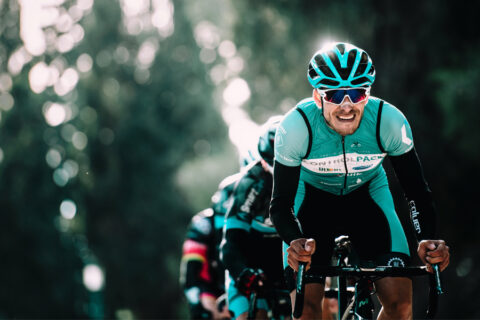
Interval workouts are a fundamental part of any endurance training program. Learn exactly what intervals are, why they are so important, and how to properly execute interval workouts with the help of Sebastian Weber, Neal Henderson, and Dr. Stephen Seiler.
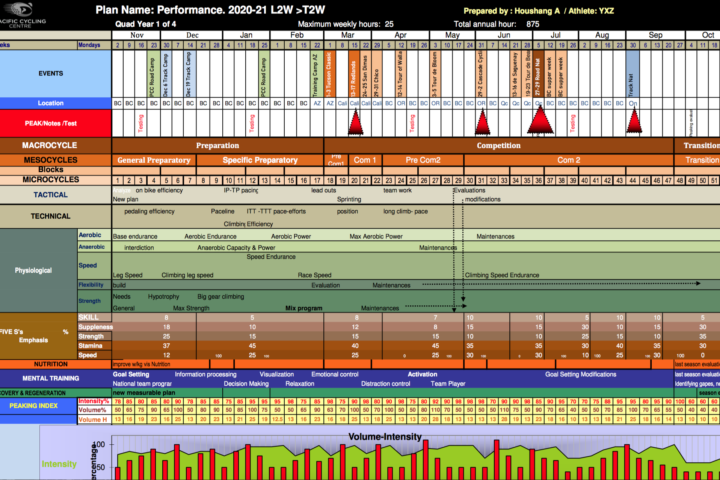
We review the art and science of developing and maintaining an annual training plan, which helps athletes progress and perform at their best.
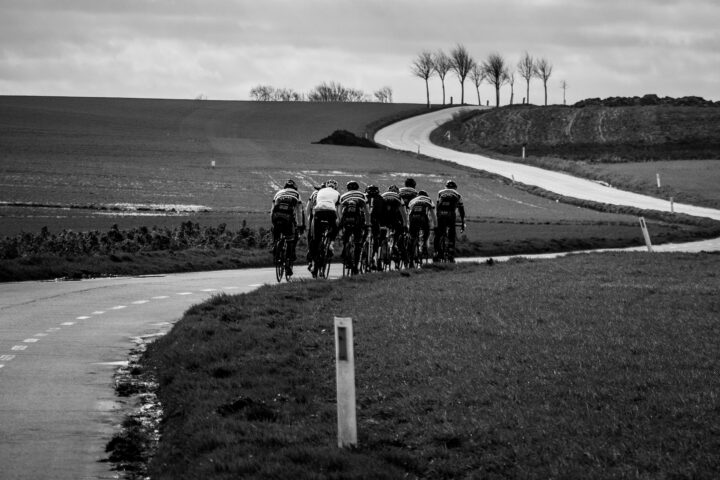
It’s hard to find time to fit in the long, slow miles that traditionally comprise the base season. Coach Trevor Connor offers suggestions for improving life-training balance, understanding quality versus quantity, and more.
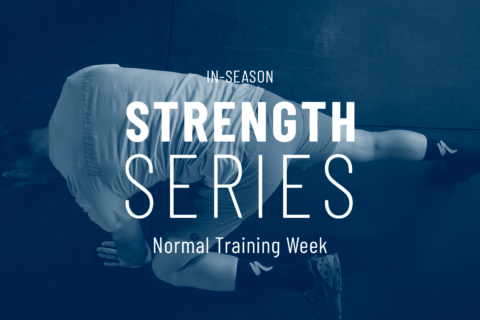
This session is meant to support a normal in-season training week, lifting heavier weights once a week to complement other sport-specific training.
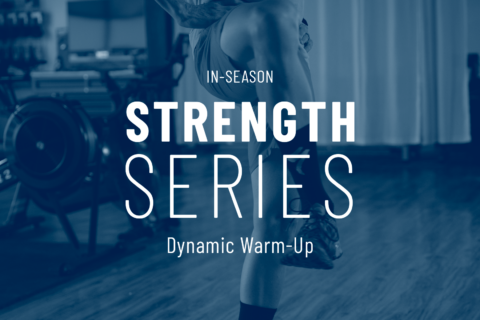
Use this warm-up routine before every in-season strength training workout.
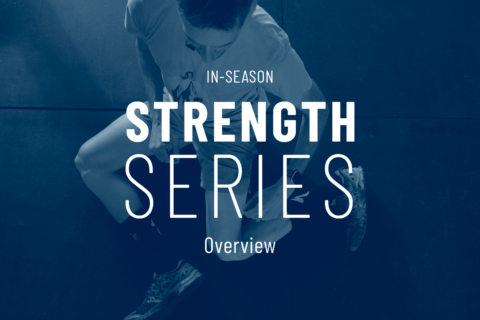
Knowing how to structure strength training during the race season can be tricky. Our new strength training series is designed to help you stay strong and sharp as you compete.

Looking to increase your run mileage and stay injury-free? The work starts in the gym—and we’ve got all you need to know to do it.
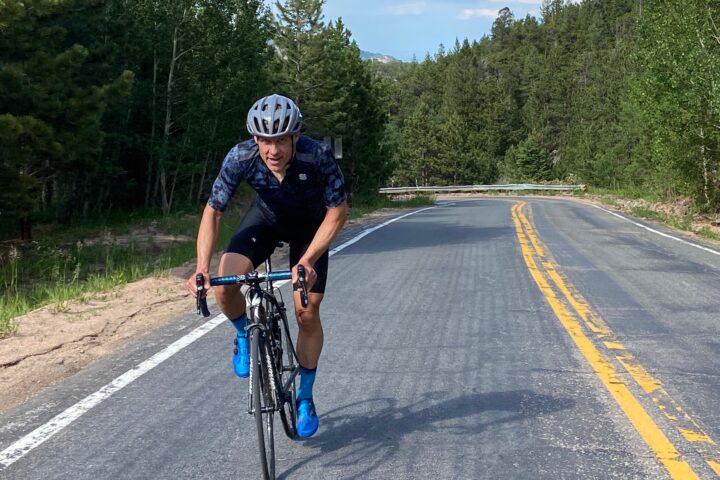
Fast Talk all-star guests including Dr. Iñigo San Millán, Dirk Friel, and Ben Delaney reveal their favorite workouts.

The concept of base training has been a part of endurance training for decades. Laying a foundation of fitness early in the season sets the stage for success later on. With the help of Joe Friel, Dr. Stephen Seiler, and Dr. Andy Pruitt, we explore the how and why of this fundamental aspect of endurance training.
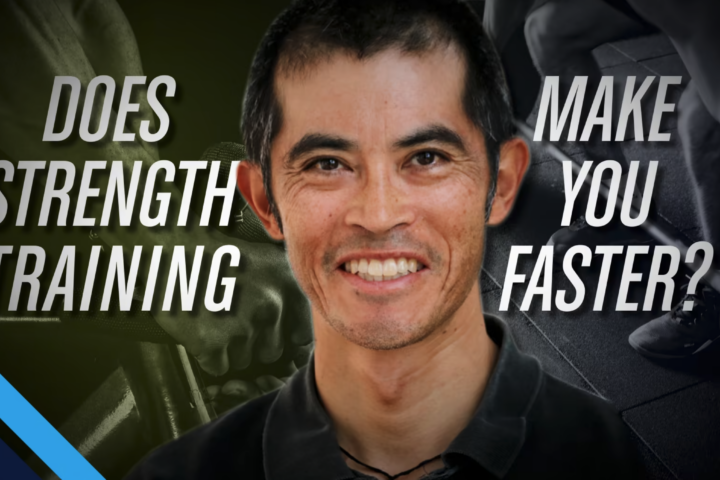
Dr. Stephen Cheung reviews recent research that addresses the question of whether strength training can make you faster on the bike.
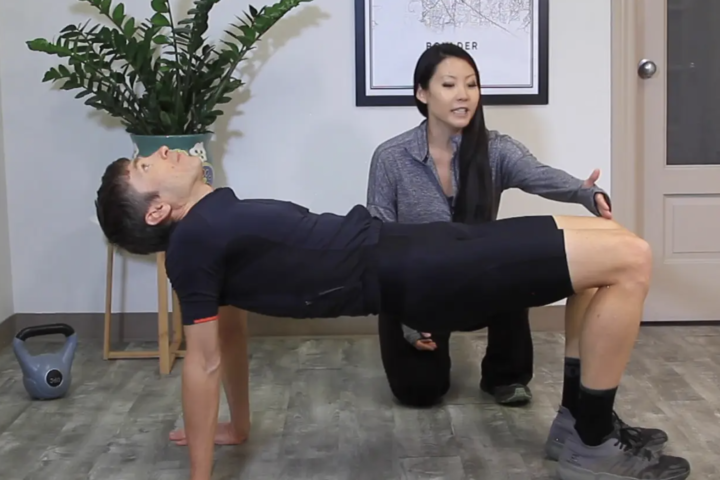
This core exercise is part of a series of core workouts offering a multi-planar approach to core integrity.
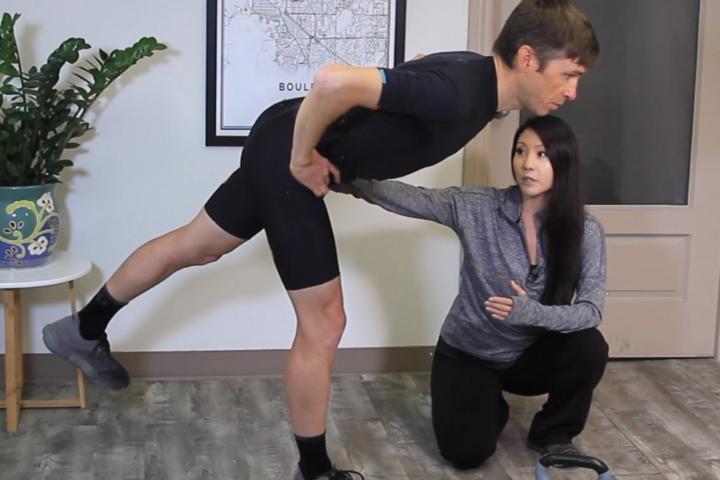
Learning how to use the lower body appropriately is crucial for a number of high-performance bike skills. The single-leg RDL helps develop balance and power.
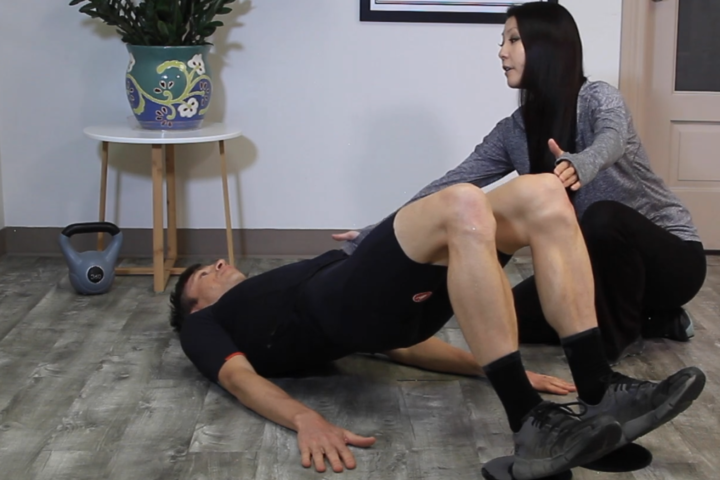
Learning how to use the lower body appropriately is crucial for a number of high-performance bike skills. The leg curl will help with general strength off the bike.
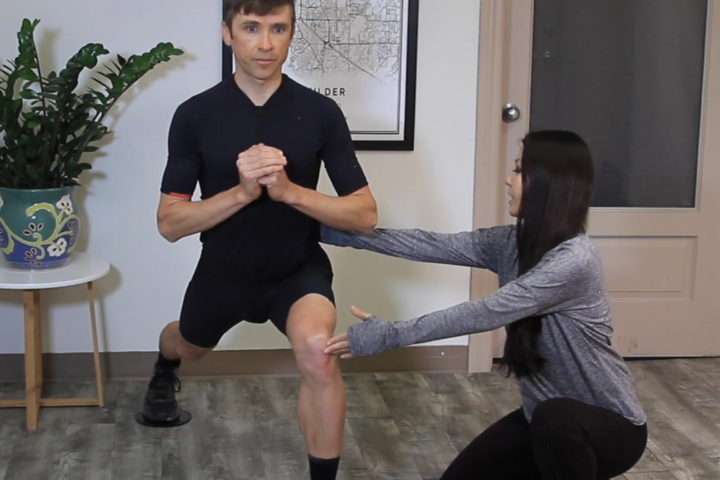
Learning how to use the lower body appropriately is crucial for a number of high-performance bike skills. The reverse slide lunge will help develop control and power.
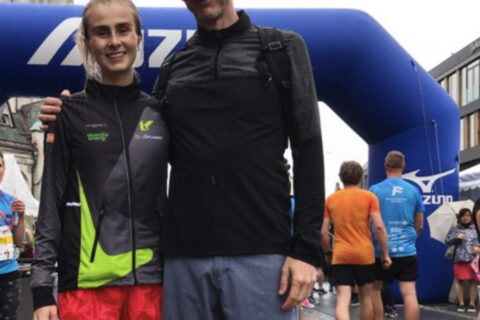
Dr. Seiler and his daughter Siren talk about intensity zones, peaking and riding the wave, recovery diagnostics, strength training, pistol squat PRs, Paula Radcliffe, and the loneliness of the high-level female endurance athlete.
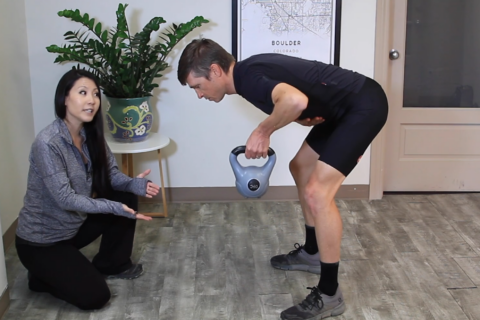
Strength and conditioning coach Jess Elliott walks through a multi-planar approach to strength to build stability, efficiency, and resilience.
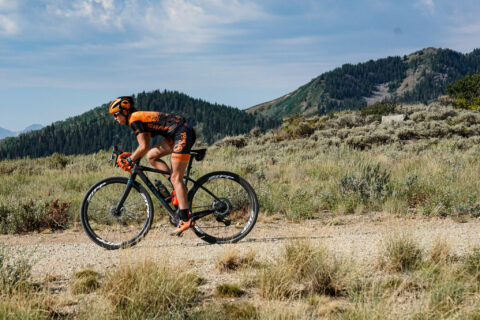
Pro mountain biker and coach Hannah Finchamp helps us field questions on time-crunched training, zone 1, interval design, and more.

Ryan, Trevor, and Chris field questions on nutrition, strength training at home, the Hour Record, plyometrics, and more.
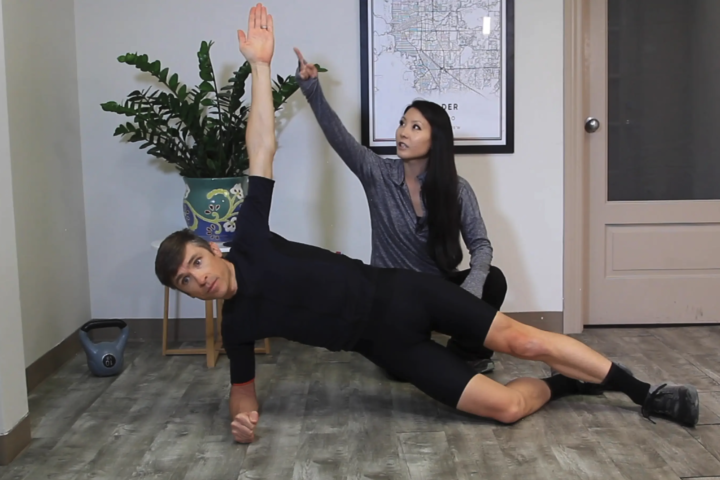
Strength and conditioning coach Jess Elliott walks through a multi-planar approach to core integrity to build stability, efficiency, and resilience.

For distance runners unable to do high-intensity aerobic intervals, Dr. Stephen Seiler suggests adding strength and speed work.
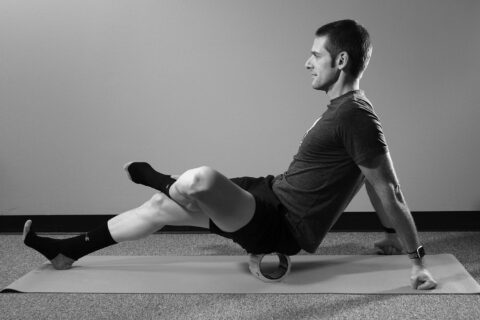
Working on strength, stretching, and stability a few times a week will help keep knee pain away.